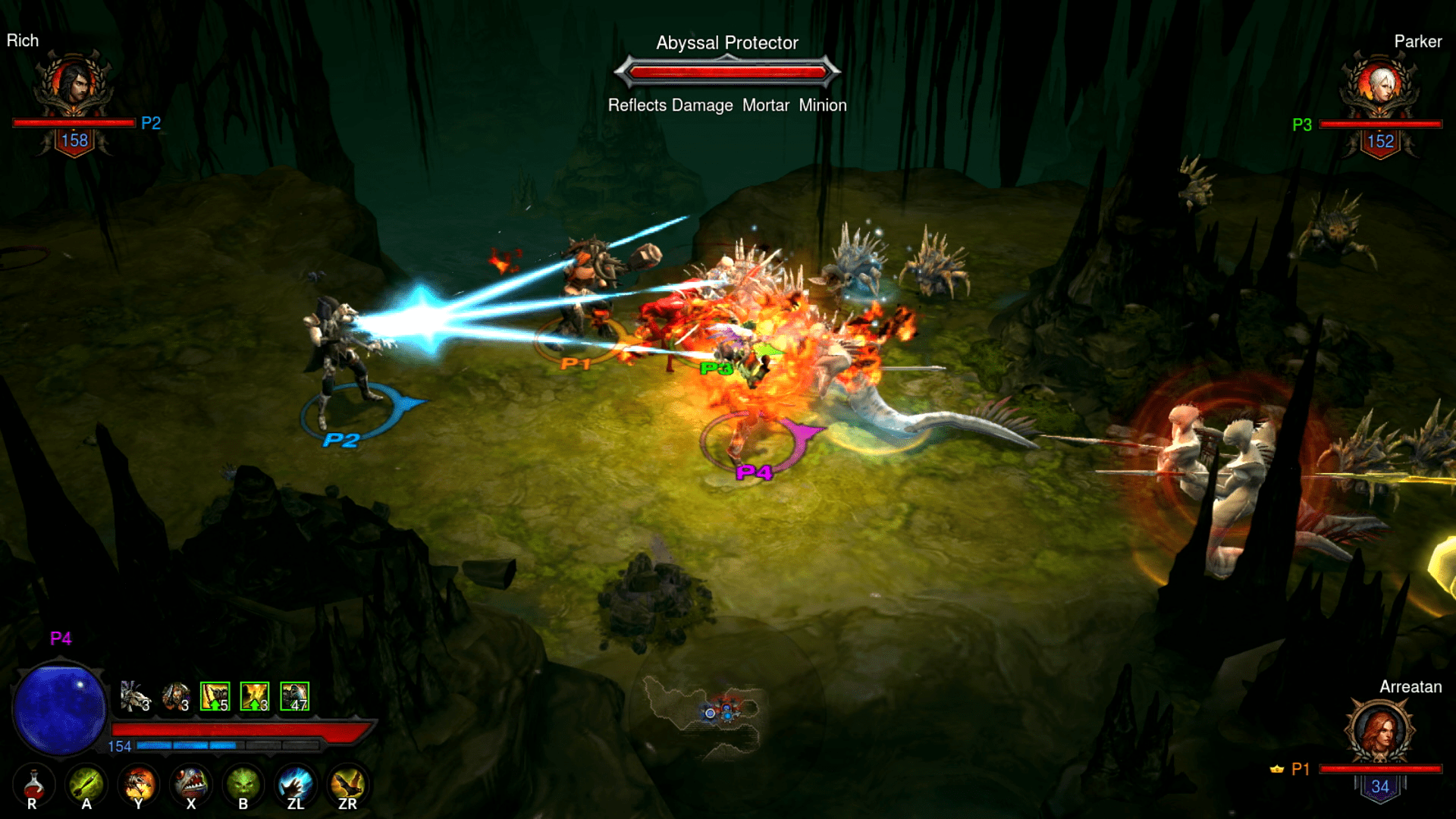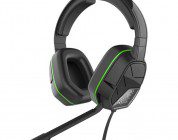There’s something magically captivating about Diablo. While it wasn’t the first dungeon crawler, isometric, action RPG, nor is this even in the first wave of releases of Diablo III, the idea of having a fully functional version of Diablo III with me at all times was one of the greatest announcements I’d heard all year. I’m not into Rockstar’s games, and other than the upcoming Darksiders III, I’ve already gotten everything I had planned on getting in 2018, so Diablo III really comes as a little extra icing on the top of a delicious cake of games this year. I haven’t played Diablo III at all (aside from a few moments at PAX 2017 when we got to check out the Necromancer) since I finished the Platinum Trophy back in 2015 as I had spent hundreds of hours grinding and took a well deserved break.
I really wanted to get some quality time in with the Necromancer, but alas the time never came to pick it up, so when the Switch version that included both expansions was announced, I salivated thinking about how much I had to get my hands on it. Knowing that I hadn’t played Diablo III since Seasons was introduced, I knew that playing a Necromancer in Seasons was exactly where I needed to start.
This lead me into a whole new venture for Nintendo’s Switch and the Online service that Nintendo now offers. I didn’t previously have any reason to purchase the Switch Online service, as I don’t play many things on my Switch that would need internet access, and the appeal of some weak ass NES emulations that I can play on my Raspberry Pi lead to an astounding “meh” from me once it was announced. However, as I planned to exclusively play during my review time in Seasons mode, I ponied up the $20 for a year and hit the ground running. Here’s a little rundown of what to expect when playing Seasons on the Switch. Seasons mode requires a subscription to Nintendo Online, and it can be played offline – though it requires jumping through a bit of a hoop. To play a Seasons character offline, the game must be connected to the internet at some point in order to check into the server. Once it’s gotten a connection and recognizes that the season is active, it will remain available until the game is reconnected, however you lose connection to leaderboards and it warns there may be possible loss of progression. I didn’t notice any loss of progression aside from restarting in towns instead of at portals if I exited to the main menu, but I also didn’t spend a lot of time offline either, as I felt like it was safer to just tether to my phone and stay connected. Thankfully, it doesn’t seem to require a lot of bandwidth and while I haven’t directly metered the amount of bandwidth it pulls, I’ve had no issues tethering to my phone or hopping on free Wifi hotspots around town and continuing my adventures.

Andrew even hopped in for a little while this past weekend and we ran some rifts without any slowdown or latency issues at all. Diablo III has definitely been the smoothest online experience I’ve had on Switch since the system launched. When I reconnected to the internet after playing in offline mode (yes, this even works if you put your Switch in Airplane mode after it checks in) my test character retained his levels and progress without any issues and it still remained when I reconnected to the internet to ensure the information was updated. This means the characters are likely saved client side, so it appears that even the Switch version won’t be safe from item hackers/dupers. A pity, considering right now encountering anyone is a clean and fair experience that is only dictated by what you’ve earned.
Diablo III won’t win any awards in the graphics department, but it’s a nice looking game on the Switch. The textures and resolution are obviously scaled way down, but the spell effects are still nice and vibrant. The only time I really experienced any graphical slowdown was while running a rift, completely surrounded by mobs with my seven skeleton warriors and eight skeletal mages up, and casting Army of the Dead, and that was only because of the giant pile of bones that spell casts on the screen to make the vortex that sucked in all enemies and pulled them to the center before dissipating. Sound is also fairly solid and doesn’t sound horrible coming through the on-board Switch speakers, though like most Switch titles they are almost always best experienced while connected to the docking station.

Local multiplayer is a nice touch, but having to wiggle the joy-cons to dodge feels really wonky, but at least it’s an option when it could have been easy to just leave it out of the single joy-con control scheme. Diablo III doesn’t quite do everything right – but honestly, how could it? In local multiplayer only one person can be in the inventory menu, so if you need to swap out your gear or spells, you’re forcing everyone to wait while you’re tooling around. That’s life though, cause how would you split screen that? The Switch screen allows up to four players at once on that tiny little display, and if each corner displayed the menu, players wouldn’t be able to read any of the text. Personally, in my house, everyone would prefer to have their own Switch and play online, so couch co-op is of absolutely zero concern to me but the options are there for those who want it.
All and all, this is a terrific port and Diablo herself couldn’t have asked for a better welcome to Nintendo’s hardware. Even if you’ve played this game to death, don’t underestimate how great it feels to senselessly destroy hordes of evil on the go.
Diablo III: The Eternal Collection for Nintendo Switch was provided for review by Blizzard Entertainment.





